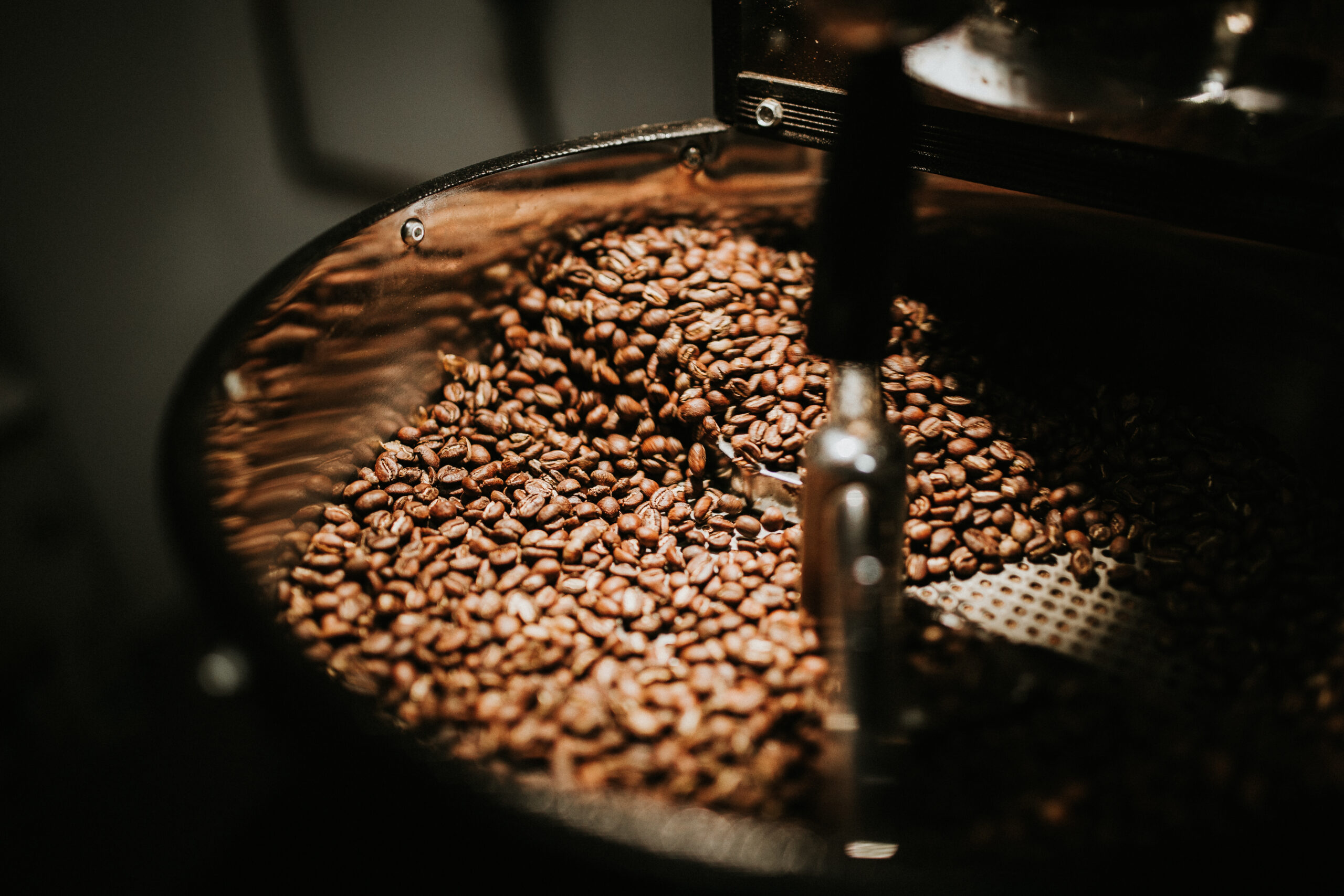Coffee, the favorite drink of the civilized world.” – Thomas Jefferson.
Coffee is one of the most popular beverages in the world, with millions of people consuming it every day. The history of coffee is a fascinating and complex topic that spans centuries and continents. Coffee is one of the most widely consumed beverages in the world, but its origins are shrouded in legends and myths.
History of Coffee
According to one popular story, coffee was discovered by an Ethiopian goat herder named Kaldi, who noticed that his goats became more energetic after eating the berries of a certain bush. He tried the berries himself and felt the same effect. He then shared his discovery with some local monks, who used the berries to brew a drink that helped them stay awake during their prayers. This legend dates back to around 850 AD, but the earliest evidence of coffee drinking or knowledge of the coffee tree is from the 15th century, in the Sufi monasteries of Yemen. From there, coffee spread to other parts of the Arab world, where it became a popular social and cultural phenomenon.
Coffee houses, or qahveh khanehs, emerged as places where people could gather to converse, play games, listen to music, and enjoy the stimulating drink. Coffee also caused some controversy among Islamic authorities, who debated whether it was halal or haram according to the Qur’an. Some tried to ban coffee, but their efforts were unsuccessful, as coffee had already become ingrained in daily life and ritual.
Coffee reached Europe in the 16th century, through trade with the Ottoman Empire and other Mediterranean countries. It quickly gained popularity among various social classes and professions, especially in Italy, France, England, and Germany. Coffee houses in Europe also became centers of intellectual and artistic activity, as well as political and social debate. Coffee was seen as a symbol of modernity, enlightenment, and innovation. However, coffee also faced some opposition from religious and political authorities, who feared its effects on public morals and order. Some even claimed that coffee was a tool of Satan or a foreign conspiracy.
Despite these challenges, coffee continued to grow in demand and production. The first cultivation of coffee outside of Africa and Arabia occurred in the 17th century, when Dutch traders brought coffee plants to their colonies in Java and Ceylon. Later, French colonists introduced coffee to Martinique and other Caribbean islands, where it thrived and spread to other parts of Latin America. By the 18th century, Brazil became the world’s largest producer of coffee, a position it still holds today.
Coffee also reached other regions of Asia, such as India and Indonesia, where it developed distinctive varieties and flavors. The history of coffee is not only a history of a beverage, but also a history of human civilization, culture, trade, politics, science, and technology. Coffee has influenced and been influenced by many aspects of human history, from religion and philosophy to art and literature to economics and ecology. Coffee is more than just a drink; it is a global phenomenon that connects people across time and space.
Cup of Joe
The term “cup of Joe” is a common way of referring to a cup of coffee, but have you ever wondered about its origin? There are several theories that attempt to explain how this expression came to be, but none of them has conclusive evidence.
According to one theory, the term “cup of Joe” was coined by the sailors of the U.S. Navy in 1914, when Josephus Daniels, the Secretary of the Navy, banned alcohol consumption on all naval vessels. As a result, coffee became the strongest drink available on board, and the sailors sarcastically named it after Daniels, who was also known as Joe. However, this theory is not very convincing, as the term “cup of Joe” only appeared in print for the first time in 1930, long after Daniels’ order. Moreover, alcohol had already been restricted on naval ships before 1914, and only officers had access to wine messes that were abolished by Daniels.
Another theory, the jamoke theory, suggests that the term “cup of Joe” is a shortened form of “cup of jamoke”, which itself was a combination of two other slang words for coffee: java and mocha. Java and mocha are both names of places that produce coffee beans, and jamoke was a popular way of referring to coffee in the late 19th and early 20th centuries. This theory is more plausible than the previous one, as it is based on linguistic evidence and patterns of word formation.
Finally, there is the average Joe theory: This theory proposes that the term “cup of Joe” is derived from the use of Joe as a generic name for a common man. Joe has been used as a slang word for an ordinary person since the mid-19th century, and it may have been associated with coffee as a common drink for the masses. This theory is also supported by some linguistic research and historical context.
So, in conclusion, the term “cup of Joe” has no definitive origin, but it may have emerged from one or more of these theories. It is possible that different factors and influences contributed to its popularity and usage over time. Regardless of its origin, the term “cup of Joe” has become a widely recognized and accepted way of referring to a cup of coffee in American English.
Source
Silencio Coffee
SilencioCoffeeCo.com
*The views and opinions expressed on this website are solely those of the original authors and contributors. These views and opinions do not necessarily represent those of Spotter Up Magazine, the administrative staff, and/or any/all contributors to this site.


